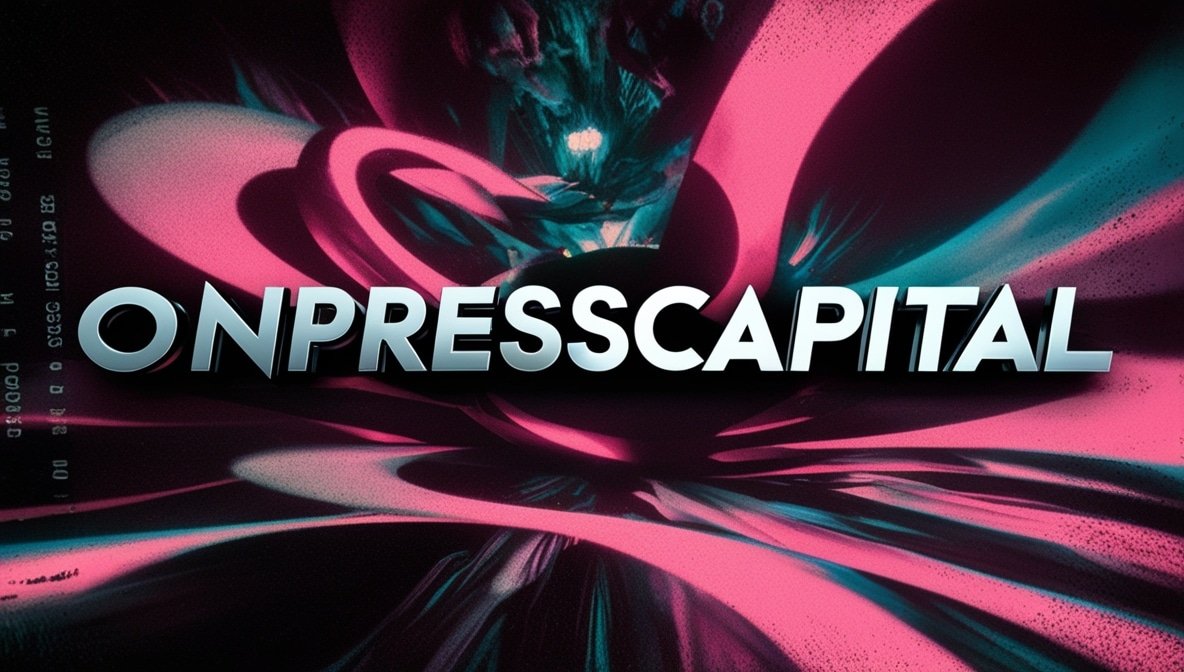What is Crew Disquantified Org?
The term “Crew Disquantified Org” refers to a modern organizational model that prioritizes flexibility, collaboration, and a decentralized decision-making process over traditional hierarchical structures. In essence, this model aims to dissolve rigid boundaries and encourage a more fluid and adaptable approach to work. The Crew Disquantified Org is characterized by its emphasis on teamwork, where individuals are empowered to contribute their unique skills and expertise without being constrained by predefined roles or titles.
One of the fundamental principles of Crew Disquantified Org is the belief in the democratization of knowledge and responsibilities. Unlike conventional organizations that often rely on a top-down approach, disquantified organizations encourage all members to share ideas, take ownership of tasks, and participate fully in the organization’s objectives. This shift fosters an environment where innovation can thrive, as diverse perspectives are welcomed and collaboration is encouraged.
An important characteristic of the Crew Disquantified Org is its focus on project-based work rather than strict job descriptions. Teams are often formed based on the needs of specific projects, allowing for a dynamic allocation of resources and talents. This adaptability not only helps organizations respond more swiftly to changes in the market but also enhances employee satisfaction by aligning roles with individual passions and strengths.
Understanding the Crew Disquantified Org model is critical in today’s rapidly evolving work environments. As organizations seek to navigate complexity and drive performance, embracing this more fluid structure can lead to improved engagement and productivity. In contrast to traditional organizational structures that may hinder agility, the disquantified approach fosters resilience and enables businesses to remain competitive in an increasingly demanding landscape.
The Advantages of a Crew Disquantified Org
The Crew Disquantified Org model represents a transformative approach to workplace organization, offering numerous advantages for both employees and employers. One of the primary benefits is enhanced collaboration. In this structure, teams are often cross-functional, allowing individuals from diverse backgrounds and skillsets to contribute their unique perspectives. This dynamic fosters open communication and knowledge sharing, which can lead to innovative problem-solving and elevated project outcomes.

Another significant advantage of a Crew Disquantified Org is increased agility. Traditional hierarchies can slow down decision-making processes, whereas a disquantified approach empowers teams to respond swiftly to changes and challenges. By reducing bureaucratic layers, organizations can pivot and adapt swiftly to market demands, ensuring they remain competitive and relevant in an ever-evolving landscape.
Improved employee satisfaction is also noteworthy in the Crew Disquantified Org framework. Employees often report feeling more engaged and valued when they participate in collaborative environments where their contributions directly influence outcomes. Such job satisfaction can enhance retention rates, reducing the costs associated with high turnover. For example, companies like Zappos have embraced these principles to cultivate a work culture that prioritizes employee well-being and inclusive practices, resulting in heightened loyalty and job performance from their workforce.
Additionally, a Crew Disquantified Org promotes better adaptability to change. Organizations adopting this model are more equipped to implement continuous improvement initiatives and foster a culture of learning. With an emphasis on teamwork and collective responsibility, employees feel encouraged to experiment and embrace new methods, thus driving overall organizational evolution. This adaptability is critical in an era where technological advancements are frequent and significant.
In conclusion, the Crew Disquantified Org offers compelling advantages for contemporary workplaces, including enhanced collaboration, agility, employee satisfaction, and adaptability. These benefits illustrate why more organizations are gravitating towards this innovative operational model.
Challenges Faced by Crew Disquantified Org
The Crew Disquantified Org model, while progressive and innovative, introduces several challenges that organizations must navigate to ensure a smooth transition. One of the primary issues is communication hurdles. In a disquantified environment, where traditional hierarchies and structured roles may dissolve, teams often struggle with how to effectively communicate and collaborate. The ambiguity surrounding reporting lines and task ownership can lead to misunderstandings, ultimately hampering progress and causing frustration among team members.
Another significant challenge is the risk of role ambiguity. As teams operate with flexibility and adaptability, employees may be uncertain about their specific roles and responsibilities. This lack of clarity can result in overlaps or gaps in task execution, leading to inefficiencies. Furthermore, without defined roles, team members may feel displaced or underutilized, leading to decreased morale and productivity over time.
Measuring productivity presents yet another hurdle for organizations embracing the Crew Disquantified Org approach. Traditional metrics may no longer be applicable in a model where the focus shifts from quantity to quality and collaborative achievements. Organizations may struggle to define new key performance indicators (KPIs) that align with this disquantified structure, creating an environment where assessing individual contributions becomes complex. Such difficulties in performance evaluation may impact compensation decisions, career advancements, and overall employee satisfaction.
Addressing these challenges necessitates proactive strategies from organizational leadership. Effective communication channels must be established, alongside initiatives to define roles and responsibilities more clearly. Implementing robust metrics that reflect the unique dynamics of a Crew Disquantified Org will also be critical. By proactively identifying and tackling these potential obstacles, organizations can position themselves towards successfully navigating the transition to this modern work paradigm.
Implementing Crew Disquantified Org in Your Business
Transitioning to a Crew Disquantified Org model represents a significant shift in how businesses operate and engage with their employees. To successfully implement this innovative structure, organizations must first embrace a mindset change among leadership and staff. Leaders should actively promote the value of decentralization, collaboration, and flexibility, which are keys to fostering a productive environment conducive to creativity and innovation.
Once the appropriate mindset is established, the next step involves identifying tools and technologies that support the Crew Disquantified Org framework. Businesses should invest in collaboration platforms that enhance communication amongst team members, regardless of location. Tools such as project management software, instant messaging applications, and video conferencing services can bridge the gap often present in traditional organizational structures. Equipping employees with these resources ensures seamless interaction and boosts engagement across diverse teams.
Moreover, organizations should prioritize inclusive policies that nurture a culture aligned with the Crew Disquantified Org principles. This can include trainings aimed at developing essential soft skills, such as emotional intelligence and adaptability. Workshops can also enhance team cohesion and encourage open communication, promoting an environment where every individual feels valued and empowered to contribute. Adapting feedback mechanisms, establishing clear expectations, and fostering a sense of ownership can further reinforce employee commitment to this new model.
Furthermore, it is vital to assess the capabilities and readiness of your workforce before making the transition. Conduct surveys, hold discussions, and gather insights about any potential challenges employees might face in this new workflow. By addressing these concerns early on, businesses can design a more tailored roadmap for implementing the Crew Disquantified Org effectively. As teams acclimate to this new organizational structure, continuous evaluation and adaptation will be essential in fostering sustainable growth and collaborative spirit.




Leave a Reply